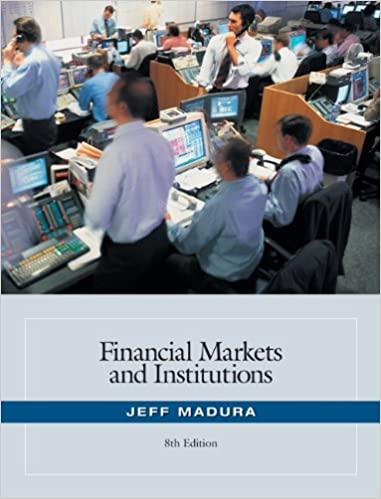Answered step by step
Verified Expert Solution
Question
1 Approved Answer
Page 1 of 2 Instacart just had its Initial Public Offering ( IPO ) with the shares priced at $ 3 0 to IPO investors.
Page
of
Instacart just had its Initial Public Offering IPO with the shares priced at $ to IPO investors. When it opened for trading by the public, it jumped to $ before closing at $ Since then, the market has valued it in the $$ per share range. Valuing a company is basically a big capital budgeting exercise. Instead of forecasting the cash flows from a single project, you forecast the cash flows for the whole company. Instead of calculating the NPV of a new product, you calculate the NPV of the cash flows of the whole company. One complicating factor is that while a product will come to an end, in principle a company will not we hope So we have to make an assumption at some point about how the cash flows of the company grow in the longrun more on this below The typical approach to valuing a company is to start by specifically forecasting the cash flows for the next to years and then make a simplifying assumption beyond that.
Start with Instacart.xlsx from Canvas.
The sheet lists some assumptions about the YearOverYear YOY growth of revenues and certain expenses for Most analysts expect Instacart to get its costs under control to approach mature, steady state growth by the end of the decade. Use the base case assumptions to build a forecast of net income earnings and then free cash flows of Instacart for the years to Specifically, start with forecasting revenues for each year and then expenses, etc. like we did in capital budgeting until you eventually get to Free Cash Flows. Assume a tax rate of To simplify the analysis, ignore taxloss carryforwards and assume that any year with negative taxable income has a tax of zero.
Beyond you will need to make an assumption to handle the mature part of Instacart's lifecycle.
a Taking the free cash flows you forecast for assume that they will grow by to FCF and will continue growing at thereafter
b Assume that the opportunity cost of capital for Instacart is You can treat all cash flows starting in and continuing onward as a growing perpetuity with a growth rate of By doing this, you will have what is called a "terminal value" or "continuation value" for Instacart as of the end of one year before the first cash flow in the growing perpetuity
To avoid timing complexities, we will assume that you are valuing Instacart as of the end of beginning of time "zero," or "now" and that cash flows occur in month intervals, so refers to exactly one year from time zero. Due to a bunch of onetime costs, Instacart is expected to have a FCF of $ billion in so count that as your year zero FCF Discount all cash flows back to the time zero end of using a cost of capital and the NPV function in Excel. To this present value, add Instacart's $ billion in cash. This is the total value of Instacart, which would be the sum of the debt and equity values. Instacart does not have debt, so that means it is the total equity value.

Step by Step Solution
There are 3 Steps involved in it
Step: 1

Get Instant Access to Expert-Tailored Solutions
See step-by-step solutions with expert insights and AI powered tools for academic success
Step: 2

Step: 3

Ace Your Homework with AI
Get the answers you need in no time with our AI-driven, step-by-step assistance
Get Started


